The Working Principles of a Diode in PCB Design
Diodes, basic yet essential, control current flow in circuits and are key in PCB design, aiding rectification, signal detection, and voltage regulation.
Among the vastness of electronic components, the diode is the most basic. Since it is essential in so many applications, diodes regulate the flow of current and, hence, are indispensable in modern PCB design. Knowledge of how diodes work, along with advanced techniques in PCB design, helps in finding ways around some common challenges in electronic circuitry. In this article, it considers the principles behind the diodes and how vital it is in a PCB design by taking an in-depth study through some of the associated design challenges.
What is a Diode?
Diodes were invented by Fleming in the early 20th century, which brought an invention into electronic circuits: only allowing the flow of current in one direction. A diode basically permits the flow of current in one direction while restricting the flow in the other direction; it acts like a one-way valve in a plumbing system. This inherent behavior is rooted in the structure of diodes, which are made up of a p-n junction made from semiconductor materials like silicon.
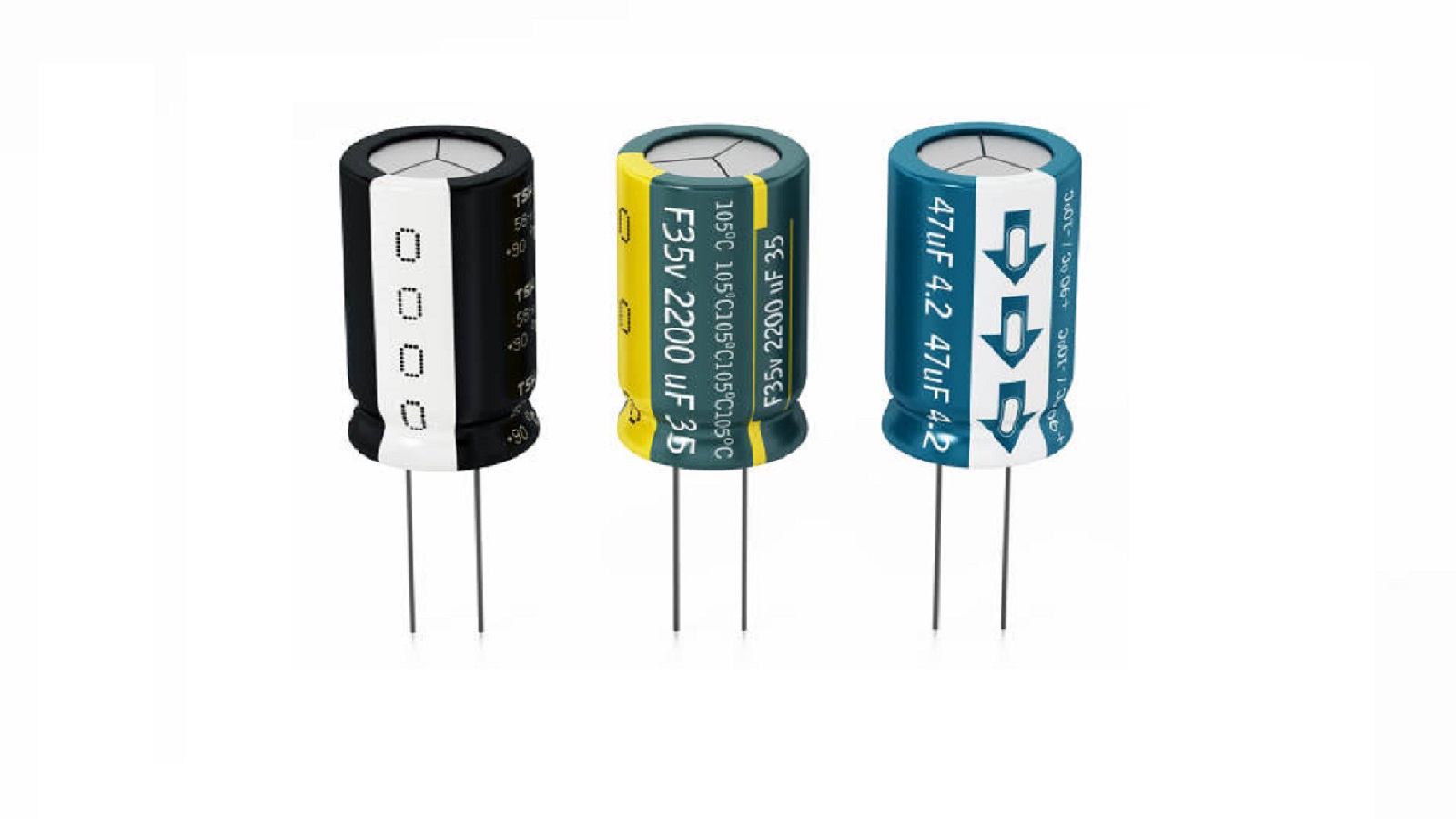
P-Type Semiconductor: This part of the diode is doped with elements that create positive charge carriers, or "holes."
N-Type Semiconductor: Doped with elements providing additional electrons, the n-type hosts negative charge carriers.
The interaction at the p-n junction gives diodes their unique properties. When voltage is applied:
Forward Bias: Current flows freely from the p-type anode to the n-type cathode, reducing resistance and thus allowing conductivity.
Reverse Bias: When voltage is applied in the opposite direction, resistance increases and stops the flow of current, hence acting like an insulator.
The Essential Role of Diodes in PCB Design
Diodes are the building blocks of circuitry and thus form a necessary group in the design of the PCBs for the implementation of efficient and stable working circuits. Designing the diode circuit on a PCB is normally complex, involving an in-depth understanding of analog behaviors, and refinement of the design. Traditional approaches based on trial-and-error methods create inefficiency and the possibility of errors without the right tools.
This becomes quite true in most diode circuits since the nature of those diodes is analogue. It is mainly an understanding and a way to effectively apply diodes that creates perfection in such designs. Zener, Schottky, or even LEDs can also serve in such different manners for rectification, voltage regulation, or even signal detection; in fact, the adaptability of all of them identifies their versatility in developing a robust PCB layout.
Overcoming Challenges in PCB Design Using Diode Applications
Challenges in designing circuits that use diodes can be mitigated by three applications in a triad:
Rectification: Probably one of the most valued uses of a diode: in AC-to-DC power transformations. When used in any power supply design, this ensures current flow is only in one direction to eliminate backflow of electrons; thus, giving the circuit stability. Regulation provides a secure environment for sensitive electronic components by smoothing out fluctuations and spikes in the power supplied to it.
Signal Detection: In electronics, signal fidelity is of the essence. Diodes serve excellently in converting radio and communication signals into coherent formats. They allow only selected signal frequencies to pass through, hence maintaining the integrity of information, which is a key task in PCB designs for radio and communication devices.
Voltage Regulation: Not many electronic processes are as crucial as maintaining voltage consistency. Most power supply circuits make quite a deal of use of Zener diodes for maintaining voltage. They would operate in a reverse-bias saturation state at a certain voltage and hence provide constant performance under variable operating conditions by protecting the circuitry from potential over-voltage damage.
All these principles-when properly applied-can make potential diode design pitfalls into orderly, effective solutions on the PCB.
Addressing the Trial-and-Error Challenge in PCB Design
Considerable progress has been attained regarding the tooling used in the design of the PCBs to overcome its conventional reliance on trial-and-error. Advanced simulation tools nowadays support a designer to predict the functioning of a circuit correctly before one proceeds with the physical design implementation. This ability to project what will happen with your circuit greatly reduces the margin for error and introduces an unprecedented standard for efficiency and precision in PCB design.
The various accurate simulation tools, for example, model diode characteristics in both forward voltage drop and reverse recovery time under various circuit conditions to allow designers to optimize their layouts for functionality.
The selection of the right type of diode for a particular application is a matter of effective design. Be it Schottky diodes for their low forward voltage drop, including LEDs for dual indication and lighting, or the use of Zener diodes for voltage stabilization, choosing the right one is important. Deep knowledge regarding the properties and applications of these diodes will help the PCB designer reach solutions that are innovative yet reliable.
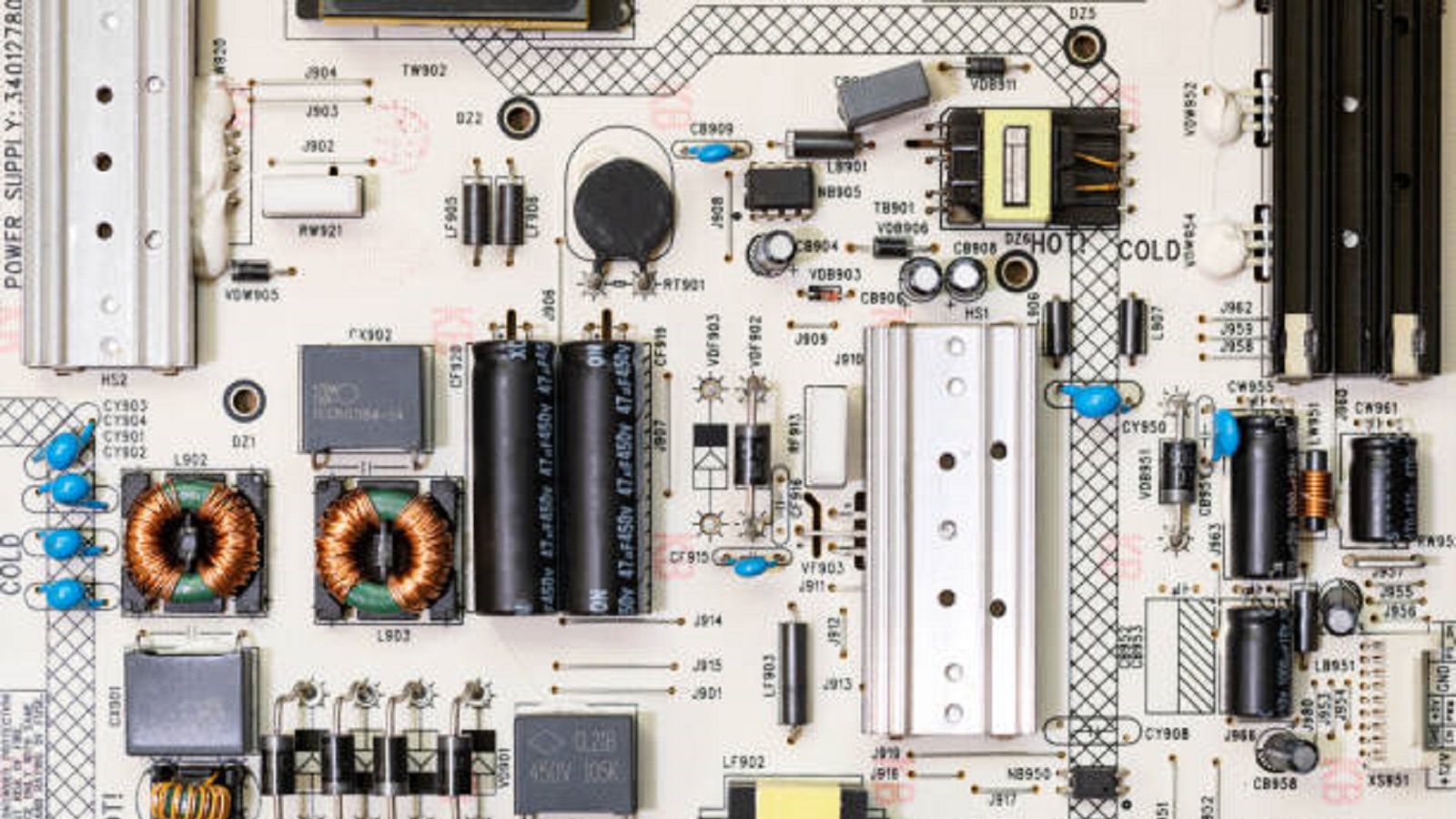
Fundamentally, diodes are much more than being just parts of a circuit; they act as the main enabler in offering safe and high-performance electronic design. In this case, mastering diode principles will help in solving conventional PCB design challenges but also will help create those kinds of circuits that press the frontiers of existing technology boundaries.
Marrying knowledge of diode operation to modern design tools, a PCB designer will change the face of circuit design by eliminating inefficiencies and forging new frontiers in electronics. As trainees and professionals strive to perfect their art, application of these principles will be paramount for them to stay abreast of innovations in the design and application of PCBs.
In all, the continuing evolution of the diode and its placement within the fabric of PCB design are good examples of the true dynamics of electronics. The importance of comprehensive knowledge about diode operations is not just illustrative but an advantage that provides practicality to the design effort and opens doors toward advanced technological development. Innovation in PCB capabilities will most likely continue to provide a growing array of possibilities across a wide range of electronic applications as designers continue to learn from and make use of these principles.
Hot Tags:
Contact us

If you can't find what you're looking for, please contact us.
Article
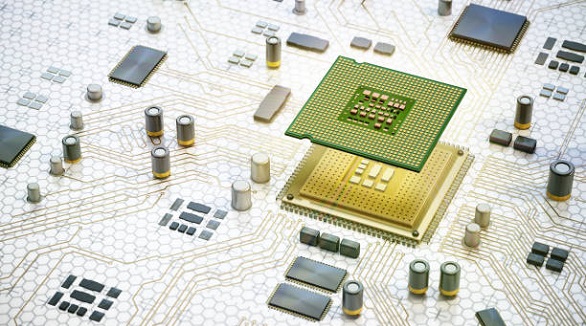
Active components amplify/control signals with power; passive components manage energy without power. Both are crucial for effective electronic circuits.
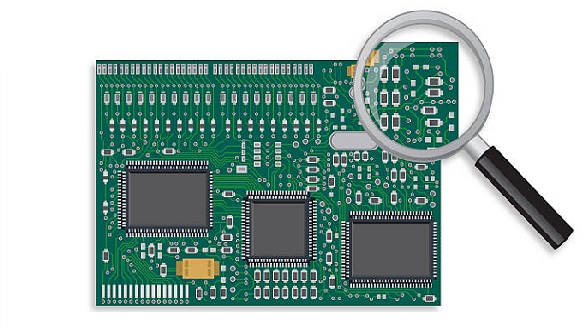
Routine inspections and proper maintenance of capacitors and resistors in PCBs reduce failures, prolong device lifespan, and lower maintenance costs.
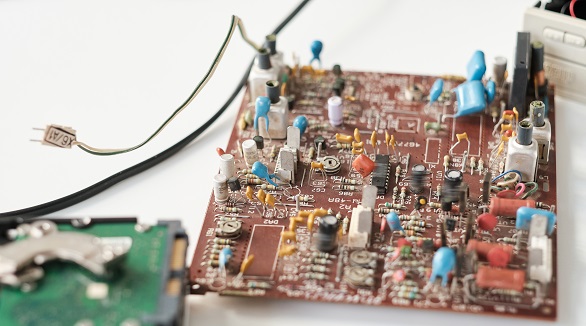
Capacitors are crucial in circuits for storing energy. Testing methods include in-circuit and out-of-circuit using digital multimeters, ESR, and LCR meters. Proper testing ensures reliability and prevents malfunctions.
